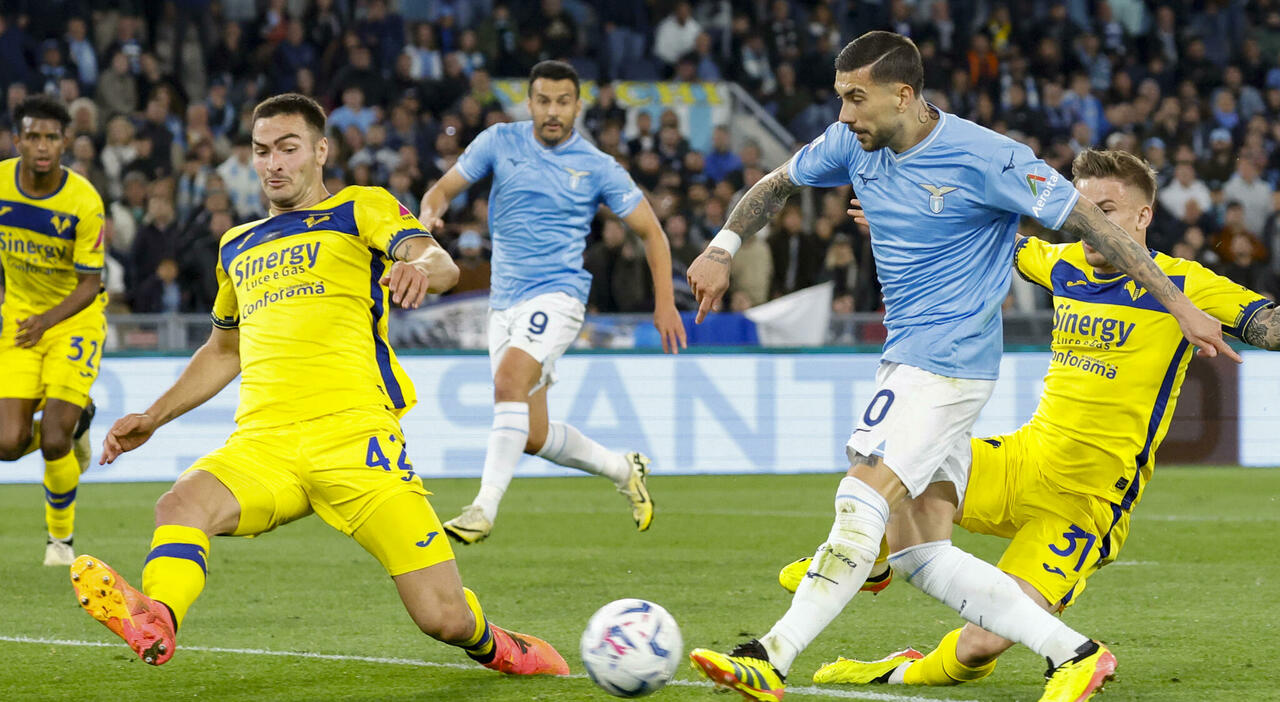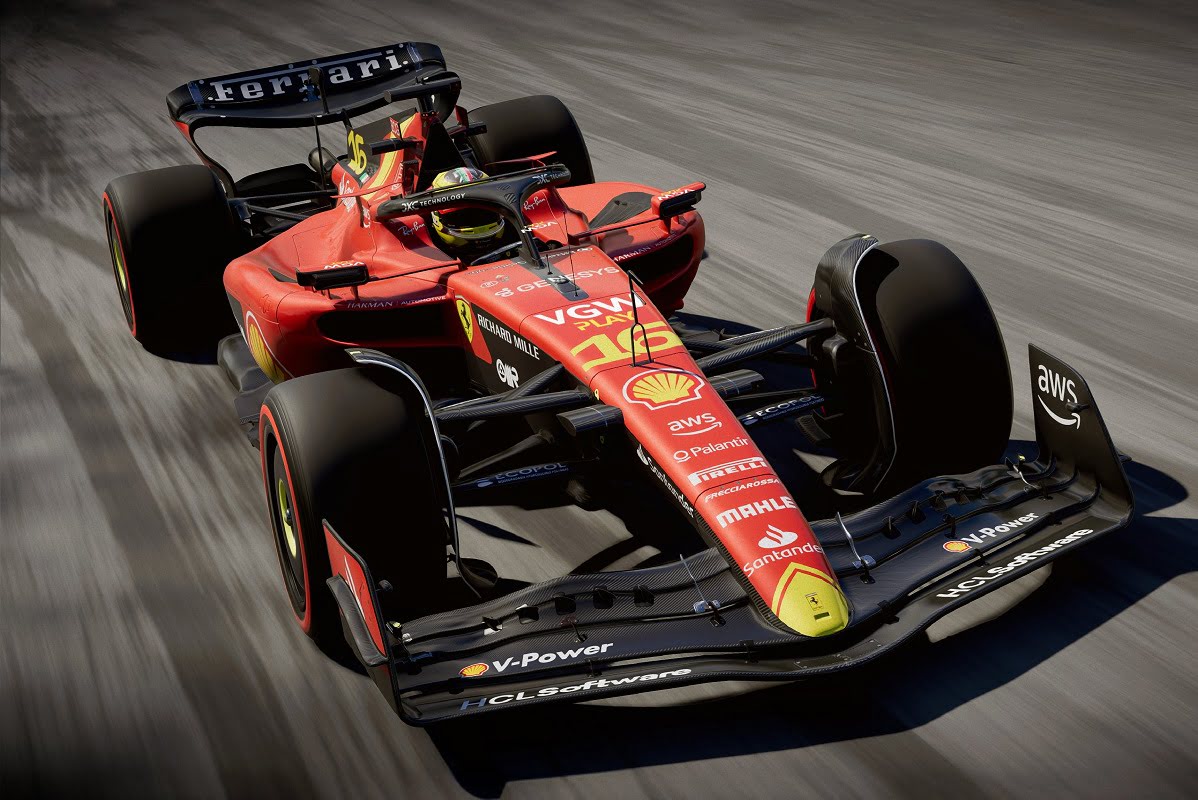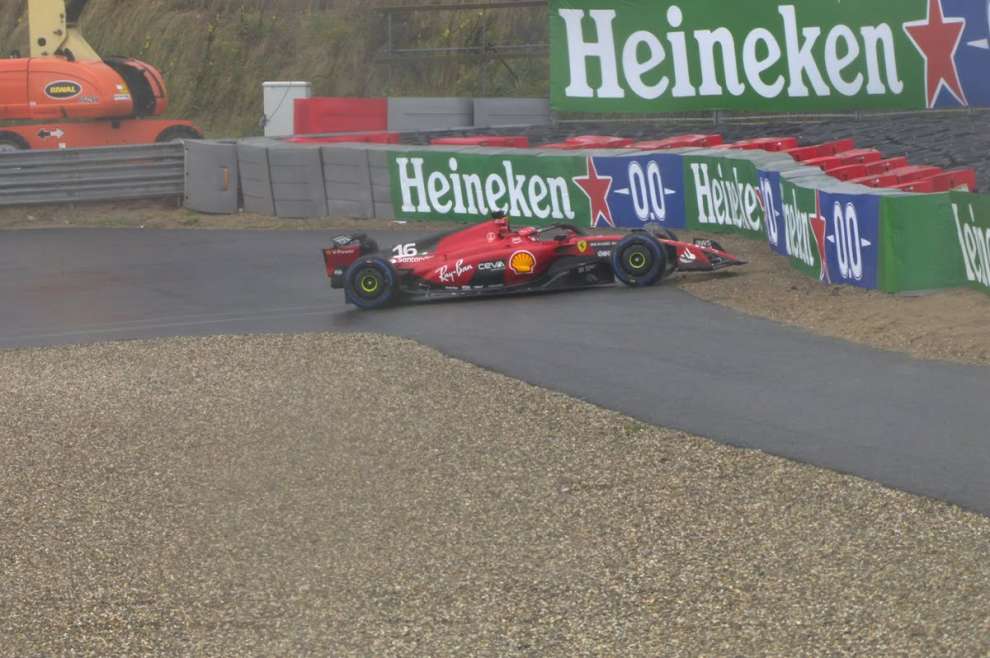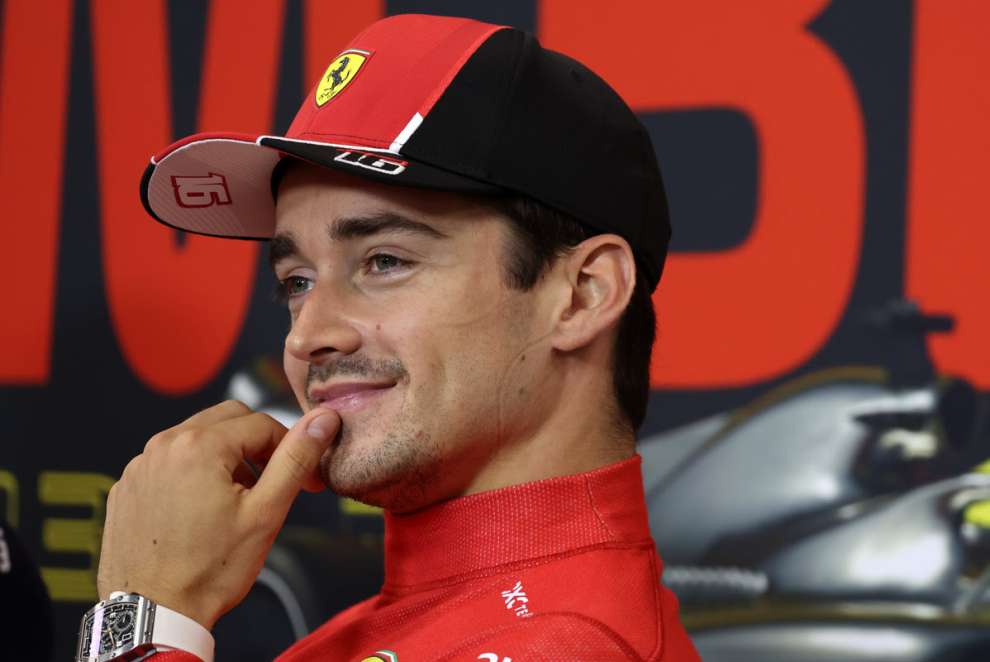Every season, even in those times meanest to successes, the appointment with The Italian F1 Grand Prix at Monza has always been a call to arms for Ferrari. A race where you have to make every effort to shoot, if not to victory, then at least to reach the podium to greet your fans from.
After the disappointing result in Zandvoort and the general negative trend of SF23 results this season There seems to be little reason to feed optimism about the prediction of a red podium at the Brianza track. However, there are concrete reasons to believe that the declared ‘dark evil’ afflicting the SF23, or rather the unpredictability of its dynamic behavior in almost all racing conditions, may be less evident here at Monza. Let’s see why.
Pressure problems in a ballerina
Among the many parameters that combine to determine the performance of a car equipped with aerodynamics, there are also pressure center This means, in short, The point at which almost all of the aerodynamic forces generated on the vehicle by the wings and lower body are concentrated. It’s understandable Very similar to the center of gravity Or the “center of gravity” in which the forces of weight and the forces of inertia of the body converge traditionally, and thus also in a single-seater Formula 1 car. It is not said at all that these two points must coincide, but rather that they usually do not coincide. So, always in brief, with respect to the single seat that we have Two points through which the forces of inertia and the resulting aerodynamics pass This then “pushes” the car until it assumes a certain equilibrium position. It’s a bit like what happens in a pan scale where the arm tilts according to the weights acting on the pans. And back in the Formula 1 car, all of this affects the dynamic behavior of the single-seater. For example, having a center of pressure too far back will unload the front part somewhat, and thus understeer. The situation becomes more complicated if the position of the pressure center is “ballerina” and therefore unpredictable. For example, due to incomplete management of aerodynamic flows, the center of pressure suddenly moved from rear to front in a single-seater, it would be equal Suddenly, from understeer to oversteer with potential for braking problems as well Due to the low load on the tires. This behavior is very similar to that condemned by Sainz and Leclerc who have often declared that they have found a car that behaves differently at the same corner from lap to lap, even with the same compounds of tyres. This inconsistency in the position of the center of pressure can be caused by the fluctuation of the level of aerodynamic load generated by the wings and the bottom but not only. It is interesting to note that very often drivers complained about the lack of stability of the car In strong wind conditions on the track, which might seem at least an odd statement given that wind causes problems for long vehicles with a heavily exposed surface (the classic highway tarpaulin truck) and certainly not for cars that are low and flat. However, the fact that wind has become such an important variable reveals to what extent the stable position of the center of pressure now also depends on these apparently minor aspects. Furthermore, reproducing these effects of aerodynamic instability in the simulator to address them is probably not simple.
Treatment consists of a new car
It is now well known that Red Bull has a large part of its strength in the fact that it has a single seater car capable of delivering load stability in almost every driving condition in a race. All other teams are still far from this situation and Ferrari is no exception. To reach this desirable state it is necessary to have a project that, thanks to the work of the suspension systems and the aerodynamic flows around and under the car (guided by the famous side chambers that are now the subject of constant pursuit of the Red Bull concept by all) is able to drive the car as low as possible always off the ground anyway, while managing not to trigger jumping problems known to cause porpoises And extract the maximum load from the floor of the car. Easy said but much less done, getting close to Red Bull means driving your car into a minefield where losing control is only a matter of time. From the statements of the technicians and the drivers it can be understood that the instability of aerodynamic behavior is very evident within the team, but it is impossible to address it during the season without redesigning the car for reasons of time and cost. The same technical director Henry Cardell In Zandvoort announced “We know the mistakes we made, some choices (construction and aerodynamics) have limited the development of the SF23. Our main weakness is aerodynamics. We can adapt (this season) to the characteristics of this car.” Indeed, both Cardell and team principal Vasseur announced that next year’s car will feature a completely revised chassis and, above all, a completely revised rear end. Specifically the goal is a project that finally gives the aerodynamic stability which today is an illusion for the SF23.
Why Ferrari’s problem should be less visible at Monza
Ferrari faced the most serious problems of aerodynamic instability on those tracks where aerodynamic load and consistency make all the difference. Zandvoort was the last of this Grand Prix, but the Prancing Horse’s performances in Barcelona, Silverstone and Budapest were also very disappointing. Ferrari fared much better on fast tracks and lower-forced aerodynamic configurations such as Paco (Leclerc’s pole and last third) and Montreal (Leclerc’s fourth). The best result of the season so far has come to Austria (Leclerc second) and also the Austrian track actually does not have large cornering angles where aerodynamic stability leads to performance but consists of straight stretches and sharp corners. Spa is slightly outside this rule (Leclerc is third), however, conditioned by the changing weather and direct competition from Ferrari (Mercedes and McLaren) who have made many mistakes in preparation and strategy. So the analogy of the Monza track to tracks like Baku and Montreal is unescapable Fernando Alonso also predicted Ferrari’s competition yesterday at the Italian Grand Prix.
When asked about this problem Ferrari drivers showed themselves Cautious optimism About being in a more predictable car. Sainz In fact, he said: Here at Monza it should be better, because it’s a regular track There is not much wind, There are no long curves And I am very optimistic“. echo him Locklear: “This year I’m having a lot of trouble driving the SF23 (compared to last year’s car). It has unpredictable behaviour Especially for the wind. Here at Monza, with less downforce, sudden load differences are less sensitive. This will help us get a more predictable car That will help us this weekend. But let’s wait for the first free training before we talk. It’s still early.”

“Entrepreneur. Social media ninja. Music nerd. Award-winning introvert. Beer trailblazer.”









More Stories
Zaccagni's previous goal deserves a fourth successive win for Tudor
Cosenza – Bari 2-1: Live news live
Newey-Ferrari: An imminent meeting with Red Bull for the escape – News